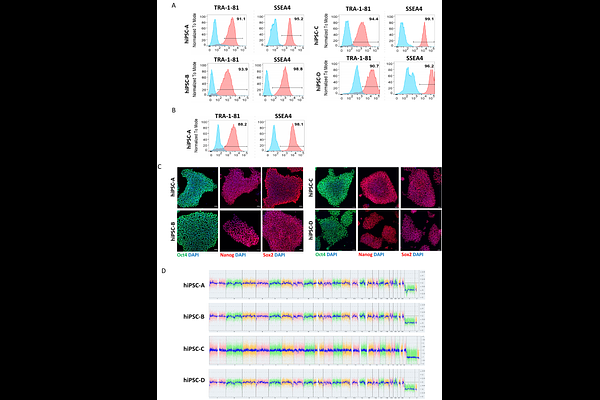Stem cell-derived cardiomyocyte migration through TGF-β signalling in the context of myocardial infarction

Stem cell-derived cardiomyocyte migration through TGF-β signalling in the context of myocardial infarction
Deelen, L.; Kobayashi, K.; Gasim, A. H. A.; Lewis-McDougall, F.; Suzuki, K.
AbstractCardiac regeneration using human induced pluripotent stem cell-derived cardiomyocytes (hiPSC-CMs) is a promising therapy for heart failure. Successful treatment requires effective integration of transplanted cells with host myocardium, yet the migratory capacity of hiPSC-CMs remains poorly understood. This study investigated hiPSC-CM migration using in vitro models with myocardial infarction (MI) stimulus mimicked using homogenised rat MI tissue. Transwell assays revealed a concentration-dependent chemotactic response, with a three-fold increase in migration toward MI homogenate. Wound healing assays confirmed enhanced migration speed under MI conditions. Bulk RNA sequencing identified TGF-{beta} signalling as a key regulatory pathway, and both pharmacological inhibition and antibody neutralisation of TGF-{beta} significantly impaired migration. These findings demonstrate the inherent chemotactic ability of hiPSC-CMs and identify TGF-{beta} signalling as a central mediator in response to MI stimuli. This work provides new mechanistic information on hiPSC-CM migratory behaviour in the context of MI and offers new insights to optimise cardiac regeneration therapies.